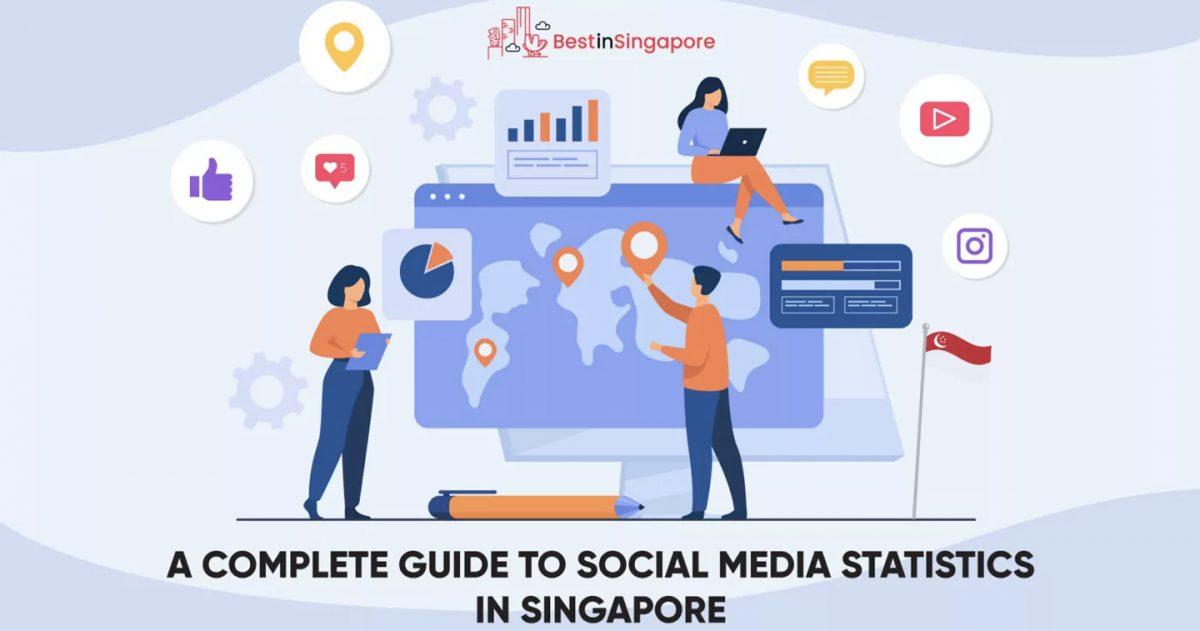SINGAPORE – Each year at Spikes Asia, young creative professionals from all over the region attend the event to network, share and learn from the best creative talents in the industry. This year, aspiring young creative talents will now have the opportunity to put their creative thinking to good use, towards a good cause.
Facebook will be organising a two-day creative hackathon, with guidance and mentorship from the company’s top regional creative talent Fergus O’Hare, Head of Creative Shop for Facebook in APAC.
Eligible only to delegates at Spikes Asia (working in teams of two), the hackathon aims to drive creative and innovative ideas for a non-profit organisation, based on a brief which will be shared at the start of the two-day hackathon.
The winning team will receive a prize fund amounting to US$50,000 (in kind and cash) for their campaign idea. The overall prize fund will ensure the winning idea is executed on the platform, providing an opportunity for the participants to gain recognition within the region.
Andrea Hayes, Festival Director, Spikes Asia, says, “The opportunity to get mentorship from the Facebook team alongside the chance to be able to execute a campaign on the platform is a unique one. With advertising on the platform now taking a significant proportion of global media spend, clearly creating effective content for Facebook is a skill that needs to be honed.”
Competition criteria:
The competition is open to copywriters, art directors and strategic planners under the age of 30. Teams must be made up of two competitors working in advertising/communications businesses. More details about how to participate in the hackathon can be found at: http://www.spikes.asia//attend/the_festival/facebook_hackathon/.
The Festival takes place from 9 – 11 September in Suntec, Singapore and closes with the highly anticipated Spikes Asia Awards Ceremony.








